Three workforce regulations from the National Labor Relations Board (NLRB) and Occupational Safety and Health Administration (OSHA) could have a big impact on IHA members and employers across the country. All of them are controversial and could be challenged in court by business organizations.
On Oct. 27, the NLRB published a final rule addressing the Standard for Determining Joint-Employer Status (Joint-Employer Rule). The joint-employer standard under the National Labor Relations Act (NLRA) is used to determine when two or more entities are jointly responsible for the terms and conditions of employment for the same group of employees. Joint employers are responsible for bargaining with any union representing the joint employees and are mutually liable for any NLRA violations either entity commits with respect to those employees. Thus, joint-employer status results in significant changes to an employer’s responsibilities and liabilities under the law.
Under the standard in place for over 30 years prior to the NLRB’s Browning-Ferris decision in 2015 and then restored by regulations in 2020, entities can only be joint employers if they exercise direct and immediate control over the essential terms and conditions of employment. Under the new NLRB standard, joint-employer status could be found if an employer simply possesses the authority to control (whether directly, indirectly or both) or exercises the power to control (directly, indirectly or both), one or more of the employees’ essential terms and conditions of employment. In other words, joint-employer status would exist even if direct or indirect control weren’t exercised.
The potential impact on small business and franchisers led Sens. Braun (R-IN), Manchin (D-WV), Lankford (R-OK), King (I-ME), Collins (R-ME) and Sinema (I-AZ) to sign a December 2022 letter urging the NLRB not to go forward with the new rule. But now that the rule will take effect on Dec. 26, Sens. Manchin and Cassidy (R-LA) plan to introduce a Congressional Review Act resolution to repeal it.
OSHA’s new Improve Tracking of Workplace Injuries and Illnesses regulations go into effect on Jan. 1, 2024. They require establishments with 100 or more employees in industries defined as “high hazard” (which is broad) to electronically submit to OSHA once a year information from their Form 300 Log of Work-Related Injuries and Illnesses and Form 301 Injury and Illness Incident Report along with the still required 300A Summary of Work-Related Injuries and Illnesses.
OSHA plans to post data from these forms on a public website, raising questions as to how this data could be used by groups with activist agendas. Business organizations have argued that the cost and resources necessary to implement the electronic data collection will be significant and that posted data could reveal proprietary information. There are also concerns about the ability to identify workers who are listed in the forms despite OSHA’s pledge of confidentiality.
OSHA is also proposing a Worker Walkaround Representative Designation rule to “clarify” third-party representatives to OSHA inspections aren’t limited to industrial hygienists or safety engineers and may be necessary because of skills, knowledge or experience that can help the compliance officer.
Business groups are strongly opposed to this proposal pointing out that such a third-party could be anyone including a union representative even though a company doesn’t have a union or a personal injury lawyer. Also, nothing in the rule restricts a third-party’s clothing and ability to interact with employees.



